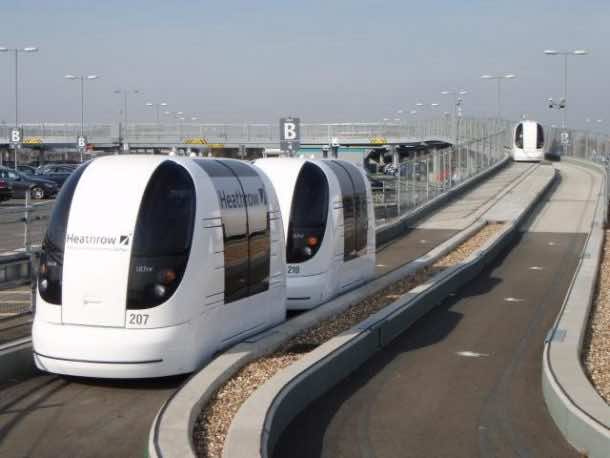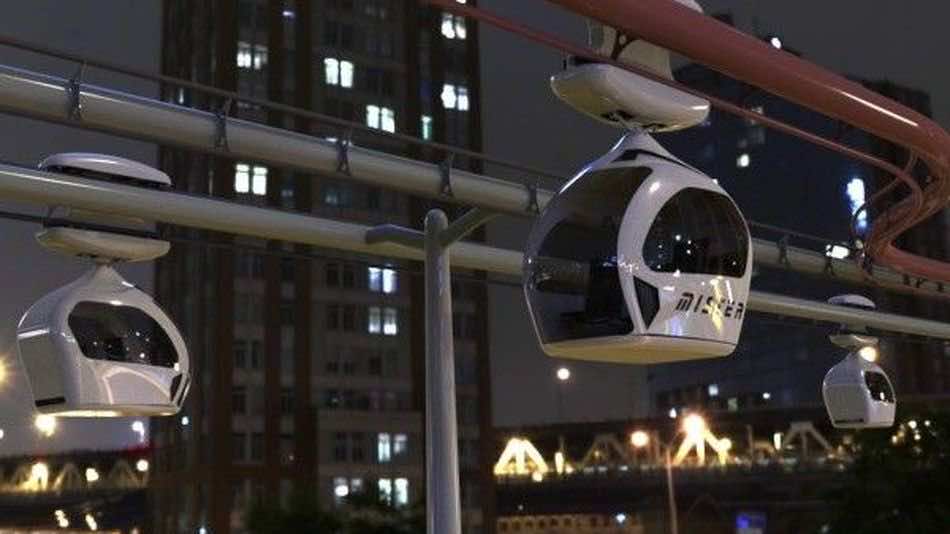Gurgaon, home to Indian headquarters of multi-national organizations like Google, Microsoft and Apple, is mulling over the idea of driverless electric pods in order to give some relief to the people of New Delhi from the crazy traffic of the city.
This project is currently being tested on a small scale, and when completed, is expected to connect the Delhi border to the interior regions of Gurgaon. This would mean connecting up to 16 stations over the span of 13 km. These driverless pods are planned to be suspended from overhead rails, and will be running at regular intervals.
The average speed of the pods is thought to be 60 km/h and they will have the capacity to transport between five to six commuters at a time. This project is estimated to carry 30,000 passengers per day, at a cost of approximately Rs 8.5 billion ($126 million) set up value. This is somewhat lesser than what it would cost to create a metro network on the same track.
The Government of India is searching for bidders at the moment, and hopes that that this project will alleviate the major traffic problem on the National Highway-8 connecting Delhi to Gurgaon.
This project – although seemingly good to go – brings back the sore memories of a similar elevated pod transport project announced back in 2011 for the city of Amritsar. It was eventually abandoned in 2014 after failing to fight severe criticism from the locals, political rivals and heritage lovers. Also, it was disclosed that the project was financially unviable.

These kinds of personal rapid transport system have been tested at many locations around the globe, but never on such a mighty scale. The oldest example of this is at Morgantown, West Virginia. Smaller pod networks are being used at the likes Masdar City business park in the UAE, London’s Heathrow airport and at Suncheon, South Korea.
Here’s a video showing the driverless pods operating at the Heathrow Airport, London.
Did you enjoy this article? Have something to add ?
Feel free to comment!



Go completely driverless. The Sticking point ihas been the cost of a seperate guideway.
The cost of the vehicles is not a problem. Far less are required with them abailable for hire 24 hours a day and they can be purchased from massproduction companies like Nissan. The systems in use have used a handful of vehicles pushing up the cost per vehicle. The guideway cost problem is solvwd by using existing roads but maling them completely driverless with a central control sustem like a railway. There are half a dozen companies able to supply a control system amd the vehicle electronics for use with a central control will be pretty much the same for all types of vehicle. Starting off with long stretches of existing fenced road raises no problems and will prove the basic factors. Later unfenced roads can be used as they will be less dangerous to pedestrians than they are now. Extra fencing will be easily affordable if chosen.